 |
Open Space Categories
Northwest Lower Michigan includes a variety of open spaces. Whether public or private, small or expansive, these open spaces contribute to the region’s attractiveness.
|
|
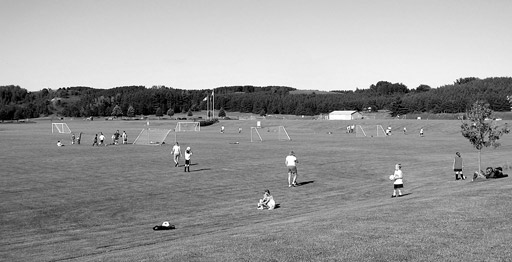
TBAYS soccer Fields, Grand Traverse County
|
|
Public Open Space
Public open spaces are more than playing fields and active recreation sites. They are also small residential squares and miniparks which provide passive recreation opportunities such as pathways for strolling, benches for reading or bird watching, and quiet areas for enjoying vistas. Open spaces can also be shared spaces with multiple uses: parking areas that double as basketball courts after regular business hours or flood plains with ball fields and walking trails.
|
|
|
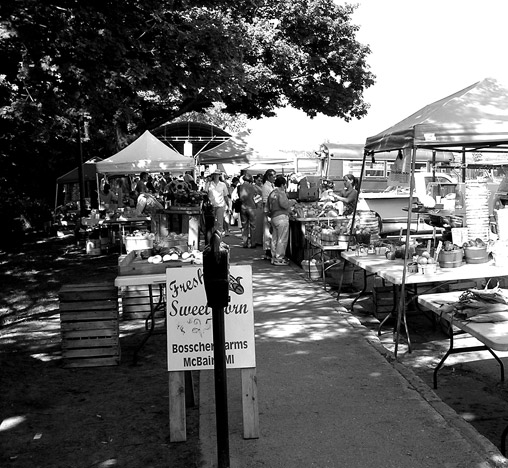
Farmers Market in parking lot, Traverse City, Grand Traverse County
|
|
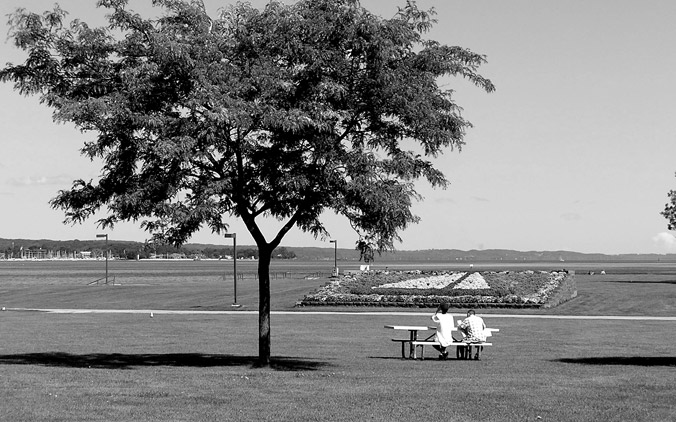
The Open Space, Traverse City, Grand Traverse County
|
|
Semi-Private Open Space
Some properties (e.g., planned unit developments) include semi-private open spaces. These areas are often created through clustering buildings to protect sensitive ecosystems or provide for larger contiguous open spaces. Typically the common areas are limited to use by the development’s residents and managed by a property owners association.
|
|
|
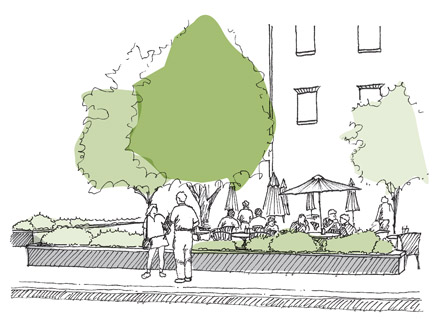
Semi-private open space adjacent to City Centre Plaza, Traverse City, Grand Traverse County
|
|
Private Open Space
Open space typically does not include privately owned spaces which vary in size from small, residential courtyards to expansive agricultural lands. These areas, nevertheless, contribute to Northern Lower Michigan’s character. Communities are encouraged to identify significant open spaces within their jurisdiction and explore ways to protect them for enjoyment today and for future generations.
|
|
|
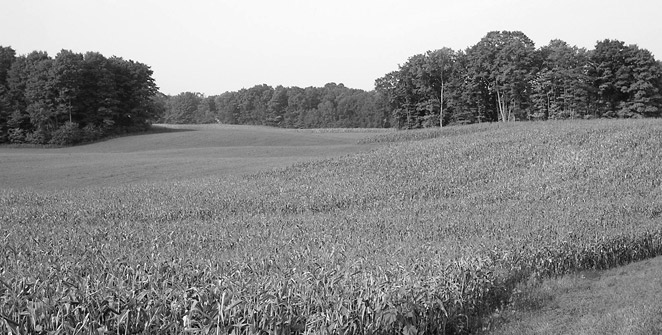
|
|
Key Points:
- Build recreational opportunities (e.g., bike and pedestrian trails) into open spaces so an individual site’s open space can be incorporated into a local and/or regional system. This provides a substantial amenity to the region. For sites with sensitive habitats, establish open spaces with passive recreational uses and buffers to protect environmentally sensitive areas.
- Recreational uses (e.g., ball fields, walking or bike trails) can be sited in flood plains.
- Encourage the protection of existing open spaces and the creation of such spaces in underserved areas. Explore opportunities for creating open spaces which serve multiple uses.
- When creating development plans, look for opportunities to maximize open space size by creating shared open areas with adjacent properties.
|
